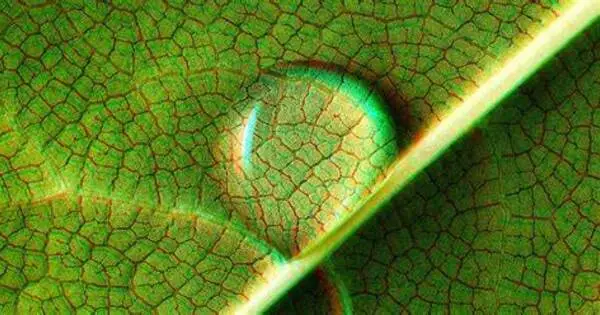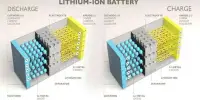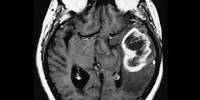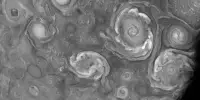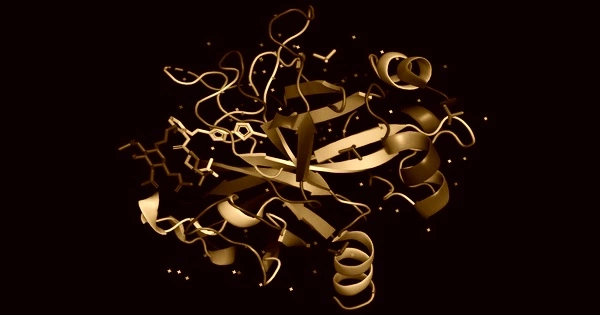Scientists have found experimental evidence that the critical step in protein synthesis can take place in pure water droplets. The study of water droplet interactions and their involvement in the development of life is an intriguing field of study. Water is fundamental for life as we know it, and understanding its molecular qualities can shed light on the conditions required for life to thrive.
R. Graham Cooks, the Henry B. Hass Distinguished Professor of Chemistry, and his postdoctoral researcher Lingqi Qiu have discovered experimental evidence that the key step in protein formation can take place in pure water droplets, and they published their findings in the Proceedings of the National Academy of Sciences (PNAS).
Researcher have discovered experimental evidence that the key step in protein formation can take place in pure water droplets, and they published their findings in the Proceedings of the National Academy of Sciences (PNAS).
In this key step, amino acids are dehydrated (they lose water) even though they are in a water solution, a paradox that is resolved by the fact that these droplet surfaces are unusually dry and highly acidic. Under these conditions, amino acids connect to each other to create peptides, a fundamental step toward forming proteins and, eventually, living organisms.
A crucial aspect of the discovery is that the natural “left-handed” structure of amino acids is maintained throughout this process. This leads to the formation of pure chiral peptides with the same “L” handedness. The authors identified a specific compound, oxazolidinone, as a crucial intermediate in this reaction.

Furthermore, they discovered that the dehydration response is not limited to minute droplets. It also occurs on a bigger, centimeter scale, as proved in a lab experiment beginning with the oxazolidinone intermediate. This larger-scale reaction resembles microdroplet chemistry and is also similar to the well-studied wet-dry cycles that are thought to occur in hydrothermal pools and seashores. This connection establishes a link between peptide synthesis in aerosols and more widespread prebiotic settings.
The findings add to the body of research indicating that the surface of water drops is a uniquely active physical and chemical system. There are extremely high electric fields and acidity present, which cause amino acids to dehydrate and produce peptides. Studies of the chemistry at water droplet interfaces offer new insights into the early stages of life’s chemical evolution.
